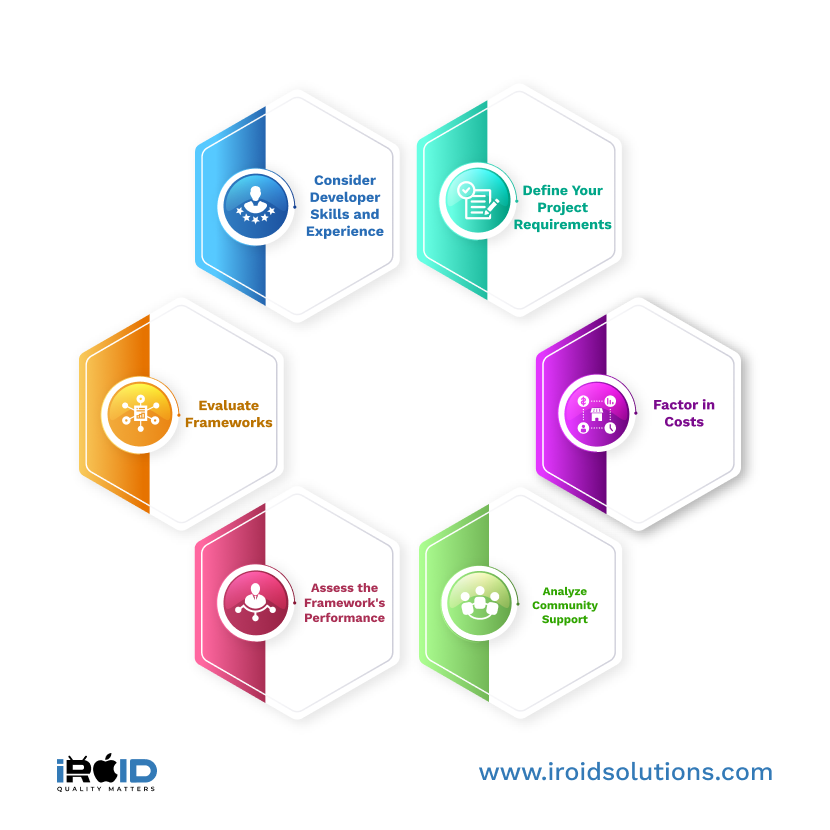How to Choose the Best Cross-Platform Development Framework for Your Business

With the ever-increasing demand for mobile applications, businesses are faced with the challenge of choosing the right cross-platform development framework. With so many frameworks available in the market, it can be overwhelming to choose the right one that fits your business needs. In this blog, we'll guide you through the process of selecting the best cross-platform development framework for your business.

1. Define Your Project Requirements
Before choosing a framework, it's essential to define your project requirements. Consider factors like the app's complexity, target audience, desired features, and functionality. It's also crucial to decide on the platform you want to target - Android, iOS, or both.
2. Evaluate Frameworks
Once you've defined your project requirements, it's time to evaluate frameworks that best meet your needs. Some popular cross-platform development frameworks include React Native, Flutter, Xamarin, PhoneGap, and Ionic. Evaluate each framework's strengths and weaknesses, community support, development time, and cost.
3. Consider Developer Skills and Experience
Choosing a framework that your developers are skilled and experienced in using is crucial. It's essential to ensure that your team has the necessary knowledge and experience to work with the chosen framework. If your developers are proficient in JavaScript, React Native may be the best option. Similarly, if your developers are well-versed in C#, Xamarin may be a better choice.
4. Assess the Framework's Performance
The framework's performance is a critical factor to consider. Users expect a seamless and responsive app, so it's essential to choose a framework that delivers on this front. Evaluate the framework's performance based on its processing speed, memory usage, and battery consumption.
5. Analyze Community Support
Framework's community support plays a vital role in development. Ensure that the chosen framework has an active and supportive community that provides regular updates, fixes, and enhancements. The community's support ensures that the framework stays up-to-date, and developers have access to resources and tools to troubleshoot any issues.
6. Factor in Costs
Cost is a crucial factor to consider when choosing a cross-platform development framework. Evaluate the framework's cost in terms of development time, resources required, licensing fees, and maintenance costs. It's also essential to consider the framework's scalability and future costs.
Conclusion:
Choosing the best cross-platform development framework requires careful consideration of various factors like project requirements, framework's strengths and weaknesses, developer skills, and community support. By considering these factors, you can make an informed decision that meets your business needs and delivers an app that meets your users' expectations.
Choose the best cross-platform development framework for your business and create a mobile app that meets your users' needs. Our team of experts can guide you through the process and help you choose the right framework that meets your business requirements. Contact us today to get started.
Blog Related FAQs:
Recent Blog Posts
Get in Touch With Us
If you are looking for a solid partner for your projects, send us an email. We'd love to talk to you!













